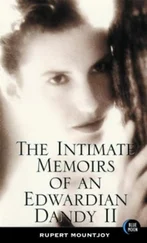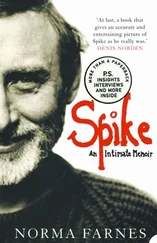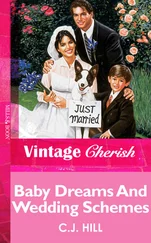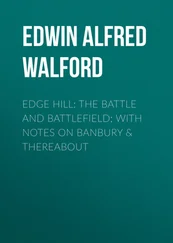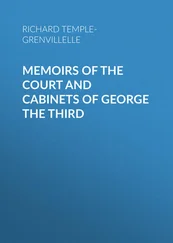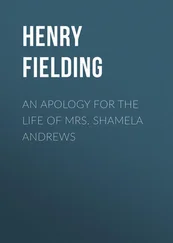We got Mrs. Kennedy and Lee settled into the apartment and then Jeffries and I went to our shared room on a lower floor. Not as glorious or splendid as the Kennedy apartment, but it was still the Carlyle. We were being well taken care of by the management. Our twelve-dollar per diem allowance would not go very far if we had to pay full price at this luxurious hotel, but fortunately they cut us a great deal. Still, we had to pay for meals, laundry, and dry cleaning out of those twelve dollars. There was no way we could afford to eat at the Carlyle, so we scouted around and found a diner not far away, where we could get a meat loaf dinner for a couple of bucks.
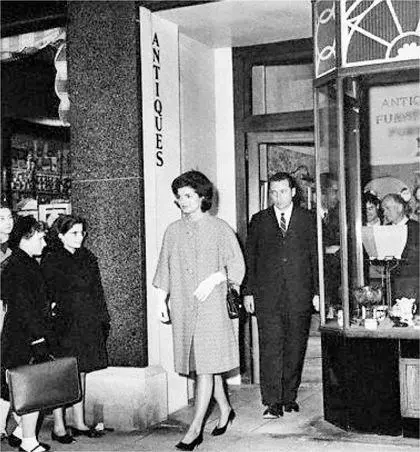
We took Mrs. Kennedy to art and antiques shops as she searched for acquisitions for the White House restoration project, and it wasn’t long before word got around that she was in town. People would follow her as she walked down the street, and clamor to get into the shops with her and Lee. She would offer a curt smile in an effort to be gracious, but I could sense how much she hated the attention and the inability to just go about her business.
The second morning of our visit, Jeffries notified me of Mrs. Kennedy’s schedule for the day. More shopping, some deliveries by Oleg Cassini for her spring wardrobe, followed by an evening at the New York City Ballet at City Center on Fifty-fifth Street. The day had finally come, just as I’d expected when I was first given the assignment on the First Lady’s Detail—fashion shows and the ballet.
Needless to say, I’d never attended a ballet before, so I really had no idea what to expect. Mrs. Kennedy was accompanied by the ambassador to the United Nations, Adlai Stevenson, and somehow the press and the public had got wind that she was going to be in attendance. By the time the performance ended, a huge crowd had gathered on the sidewalk in front of the theater, so Jeffries and I arranged to sneak her out through the rear door of City Center, on Fifty-sixth Street.
I stayed close to her as we walked to the car. She was in a wonderful mood and I could tell she had thoroughly enjoyed the performance.
“What did you think, Mr. Hill? Wasn’t it a wonderful ballet?”
I paused for a moment, before replying. I had nothing to compare it to, but it hadn’t been as awful as I’d expected it to be.
“I really enjoyed the music, Mrs. Kennedy. And I was surprised at the athleticism of the dancers.”
“Oh, Mr. Hill,” she said with a laugh. Whenever she said that, I could tell she could see right through me.
The rest of the week was filled with trying to get Mrs. Kennedy around New York with as few people knowing our comings and goings as possible. She really seemed to enjoy and feel comfortable in the city, and I wanted to make sure she continued to have the ability to go where she wanted, and be as spontaneous as she wanted, without having to worry about her personal safety and privacy.
For me, staying at the Carlyle was the highlight of the trip. I could see why she and the president loved the hotel so much. The staff was exceptional, the service impeccable. Nothing was too big or too small for them to accommodate. I never imagined that three years later, I would again be living at the Carlyle, but in a state of emotional despair that would all but erase these fond memories.
IT WASN’T LONG before the press started questioning Mrs. Kennedy’s frequent absences from the White House, and specifically her use of government helicopters to fly back and forth between the White House and Middleburg when the president wasn’t with her. To avoid the controversy, it soon became our routine to drive Mrs. Kennedy in the Chrysler limousine that had previously been used by Mrs. Eisenhower. Two Army sergeants assigned to the White House garage had been selected to drive under the supervision of the Secret Service, and they rotated the position of Mrs. Kennedy’s driver. I would sit in the front passenger seat so that I had a good view of our surroundings, yet close enough to shield Mrs. Kennedy in case of emergency.
One weekend we were headed out to Middleburg and I was sitting in the front passenger seat, with Mrs. Kennedy in back, as usual. In those days, I was rarely without a cigarette in my hand, and on those drives, I typically smoked on the way, with the window cracked just enough to let the smoke out of the car, but not enough to allow the wind to rush back on Mrs. Kennedy. We were about halfway to Middleburg, far enough outside of Washington that there were hardly any other cars on the road, when Mrs. Kennedy suddenly leaned forward and said softly, “Mr. Hill, would you please ask the driver to pull over?”
I turned around to look at her and saw that she had a sly smile on her face. I had no idea what she wanted, but I asked Irv Watkins, who happened to be driving at the time, to please pull over as soon as there was a safe place to do so.
“Is everything all right, Mrs. Kennedy?” I asked as I put out my cigarette in the car’s ashtray. I suddenly realized that perhaps she didn’t like me smoking in the car, although she had never said anything before.
“Yes, everything’s fine,” she answered.
Watkins found a spot where there was a clear area on the side of the two-lane road and carefully brought the car to a stop. I turned around to see what she intended to do, and she leaned forward again and whispered, “Mr. Hill, will you please come in the backseat with me?”
I presumed she wanted to tell me something in confidence and didn’t want the driver to overhear. So I got out, opened the back door, and slid in to the backseat next to her.
As soon as I was situated, Mrs. Kennedy said to the driver, “Okay, carry on,” and we proceeded on our way.
“What is it, Mrs. Kennedy?”
She had a look on her face like an impish child.
“Could I have one of your cigarettes, Mr. Hill?”
That’s what this was about? I hadn’t ever seen her smoke before, so I was somewhat surprised by her request.
I laughed and said, “Certainly.”
I reached for the pack of L&M’s in my jacket pocket and pulled out a cigarette. I offered it to her, but instead of taking it from my hand, she said, “Will you please light it for me?”
I put the cigarette in my mouth and pulled the lighter out of my pants pocket. I flicked the lighter and as the flame touched the end of the cigarette, I sucked in, and then handed the lit cigarette to Mrs. Kennedy.
She held the cigarette between her index and third finger, put the cigarette to her lips, and took a long inhale. I realized she was no stranger to smoking.
“Thank you, Mr. Hill,” she said coyly.
The driver continued on the road to Middleburg, and Mrs. Kennedy and I sat in the backseat and talked about everything from how the children, Caroline and John, were doing, to how the Secret Service agents were getting along with members of the staff, as we enjoyed our cigarettes. She was like a giddy teenager who was getting away with something, and I was her cohort in crime. This soon became our regular routine whenever we were in the car together.
It was the first of many such secrets we would keep with each other.
5
Traveling with Mrs. Kennedy
Paris
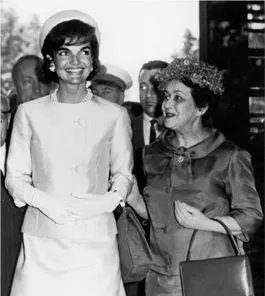
Mrs. Kennedy and Mrs. DeGaulle in Paris, with Clint Hill in background
Beginning in February 1961, Mrs. Kennedy’s weekends to Glen Ora became an almost weekly occurrence, with the president coming by helicopter on Saturdays and leaving Sunday afternoon. The fields were too wet and soft to permit cross-country riding and fox hunts, so I would take Mrs. Kennedy to the Fouts’ farm, where she could ride on a limited basis. Other than a trip to Palm Beach in early March 1961, this was our routine. It was Middleburg, Middleburg, and more Middleburg. She obviously loved it. Even though I wasn’t riding, my butt seemed to become sore from all the time Mrs. Kennedy spent in the saddle.
Читать дальше




